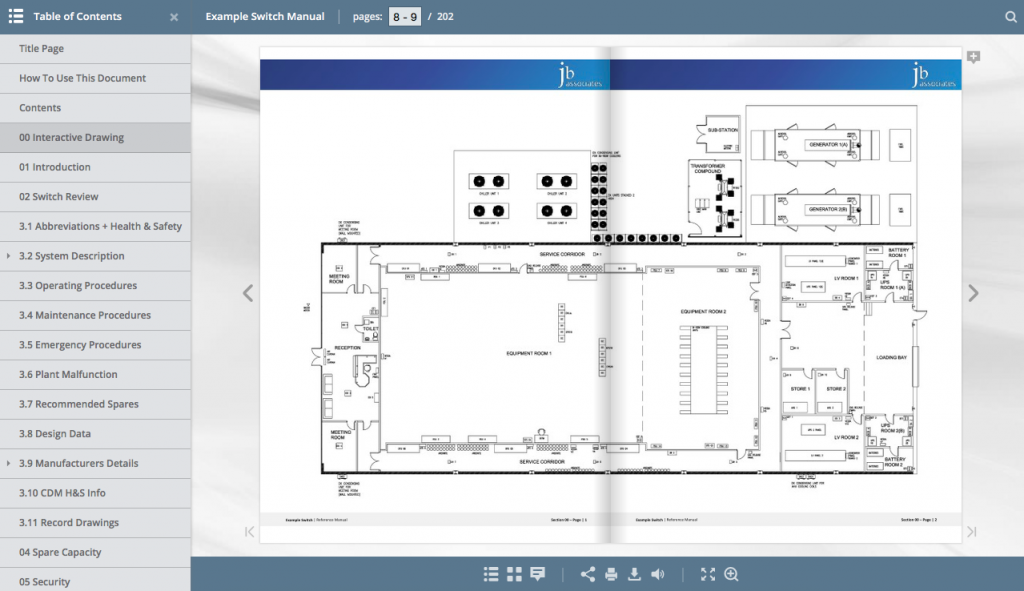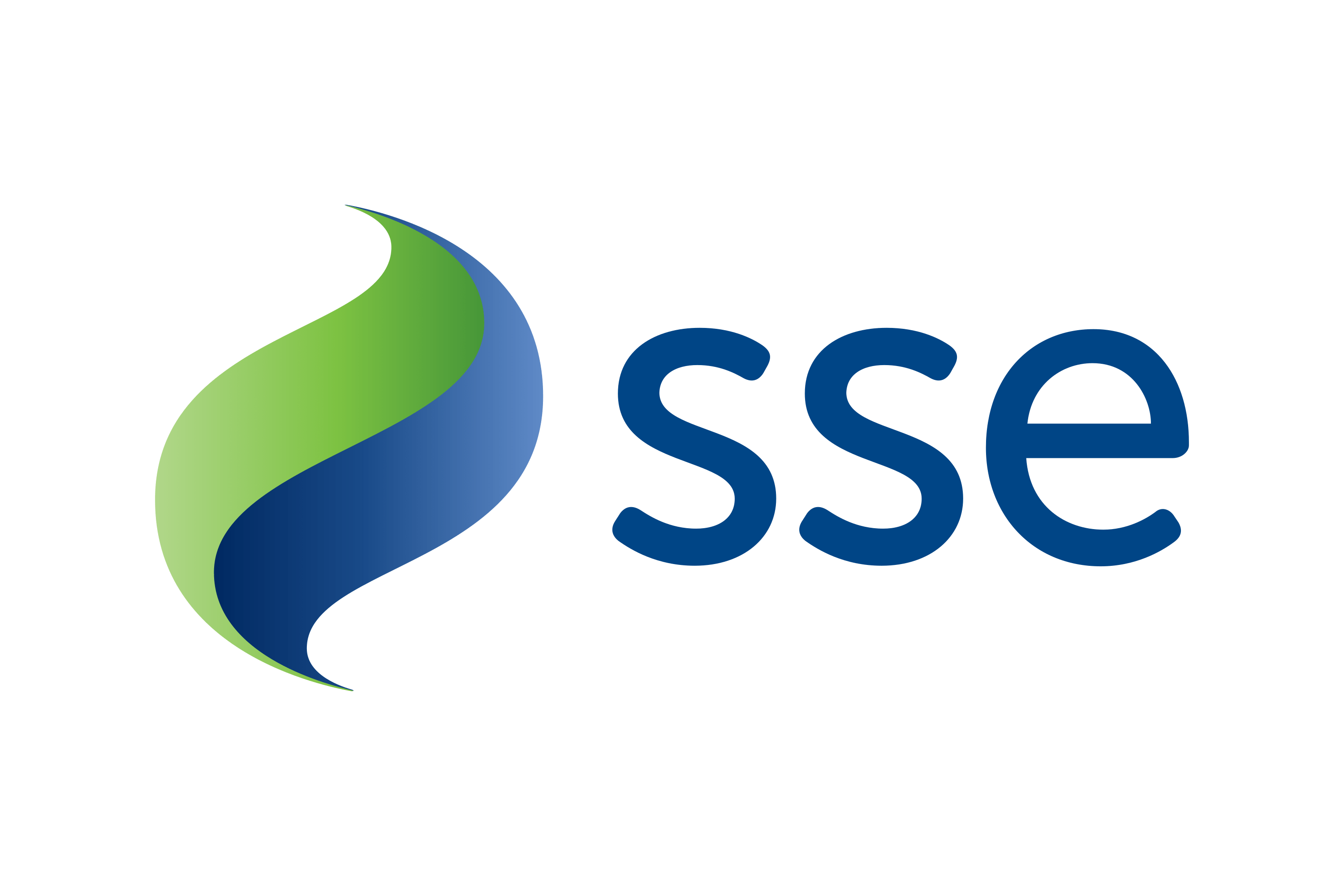At JB Associates, we have been creating JB eDocs for the last seven years and we see significant advantages in replacing paper form O&Ms with digitised, interactive documentation. Here are just a few reasons why we champion the shift away from the traditional process…
Accessibility
The classic, paper-form O&M often exists as a number of folders collecting dust on the shelf. In a time where remote working accessibility is essential, utilising printed O&M’s becomes even more impractical than before. However, digital documents can be accessed anytime, anywhere and by any number of your team simultaneously. This accessibility aids remote working and allows teams to collaborate, solving issues together, despite not being in the same location. The digital manual ensures accessibility throughout any number of external and extenuating circumstances.
Security
Security is essential when delivering handover documentation, especially if the facility is considered critical infrastructure. A data centre, for example, views security as one of its top priorities and physical copies of O&M Manuals may pose a potential security risk. Digital documentation can be designed to be far more secure than a traditional, printed manual, through password protection and server-only access. It is also important to ensure that a digital document complies with ISO Standards (as our JB eDocs do).
Updating
As part of legislation around building safety, it is imperative that handover and facility documents are always kept up to date. For example, if a building’s ventilation system is upgraded, records of this change must be shown in O&M Manuals so that all assets can continue to be maintained safely and efficiently. Unsurprisingly, digital documentation is much easier to update than a traditional, physical document. The process is far less time-consuming and the ability to update the original document eradicates any confusion created from the various obsolete folders on-site.
Innovation
The construction industry has always appeared unwilling to embrace the digital era. However, one expert warned ‘construction firms that continue to refuse to innovate are destined to die’. Along with the necessity of remote working acting as a catalyst for change, it seems a lot of companies are more accepting of the new technologies that aid innovative and productive working. With interactive documentation, you can begin to embrace helpful technologies and work smarter than before. If you want to learn more about technological advances and innovation in the industry, check out our guest blog for BSRIA.
Ease
One simple argument for the use of digital, interactive documentation is simply how much easier it is to use than traditional formats. Search functions allow you to find the information you are looking for almost instantly. Similarly, you can access documents on your phone, laptop or tablet within a few clicks of a button, rather than hunting down a physical copy. All in all, this innovative shift makes managing a facility much quicker, easier and more efficient.
Integration
With a digital manual, it is possible to add an endless amount of information into just one document. By smart linking to other sites and third-party platforms, there are no binder size restrictions; a manual can be as large or small as you need. Also, by utilising all of the emerging and exciting construction technology, it is possible to embed guidance videos, as well as BIM model and virtual building tours, making the digital document a truly interactive experience.
Eco-friendly
There needs to be a larger focus on green construction, as the built environment is culpable of an enormous 40% of the UK’s carbon emissions according to the Green Building Council. Just as O&M and Building Manuals look into creating a more energy efficient space, the documents themselves should be taking a more eco-friendly approach. Rather than wasting reams paper printing out endless manuals, the paperless, digital manuals are a much greener alternative. Furthermore, less printing also means cutting unnecessary costs, so going digital will benefit the environment and your business.
The construction industry is slowly adapting to technological shifts. O&M Manuals continue to be created and distributed in traditional, paper form because this is ‘the way it has always been done’. However, we know this process needs to change and a more efficient and easier way of working should be embraced. With JB eDocs, we believe we have created an interactive and digital document that ensures a better style of working. Find out more and get in touch for a free JB eDocs demo.





